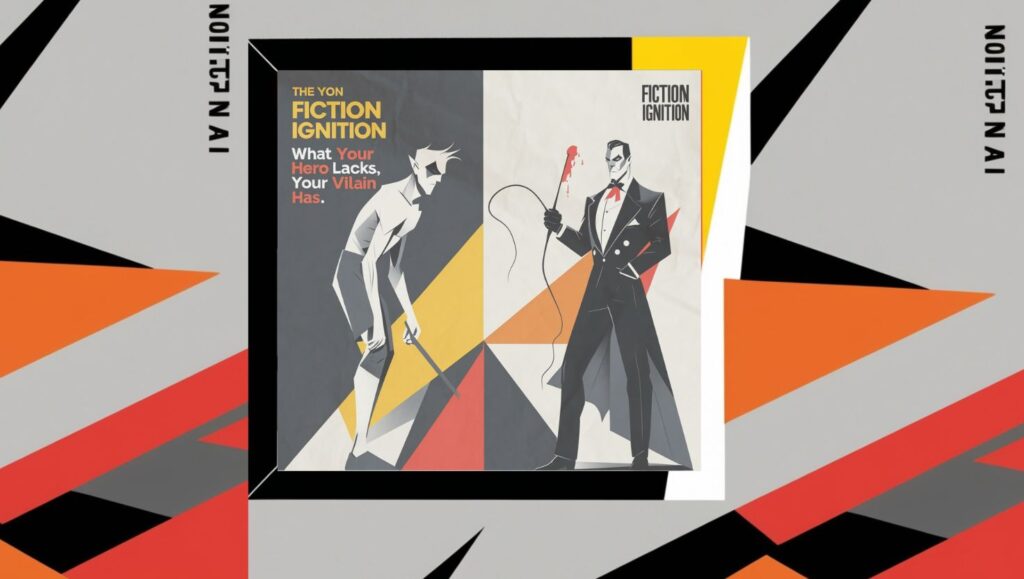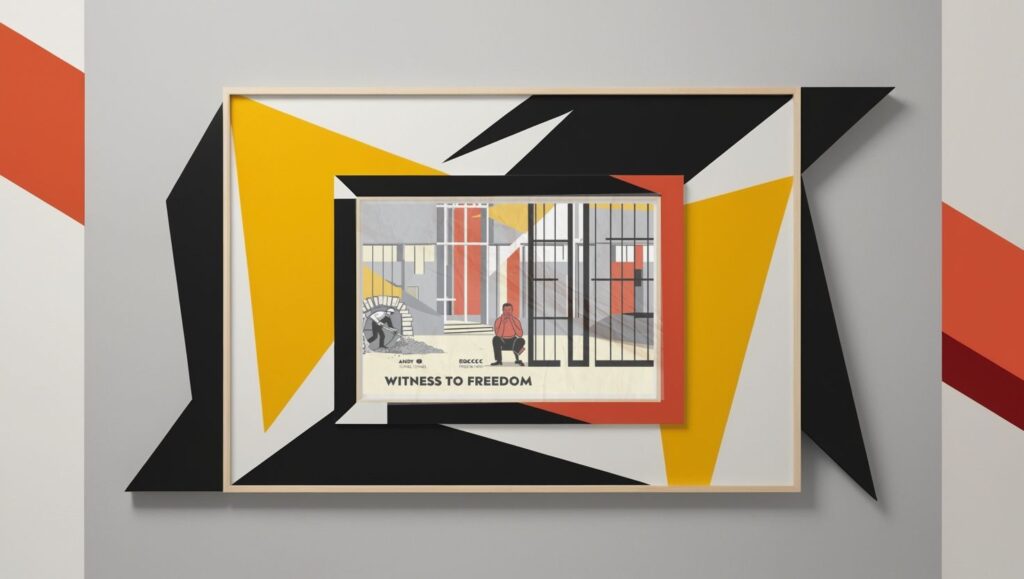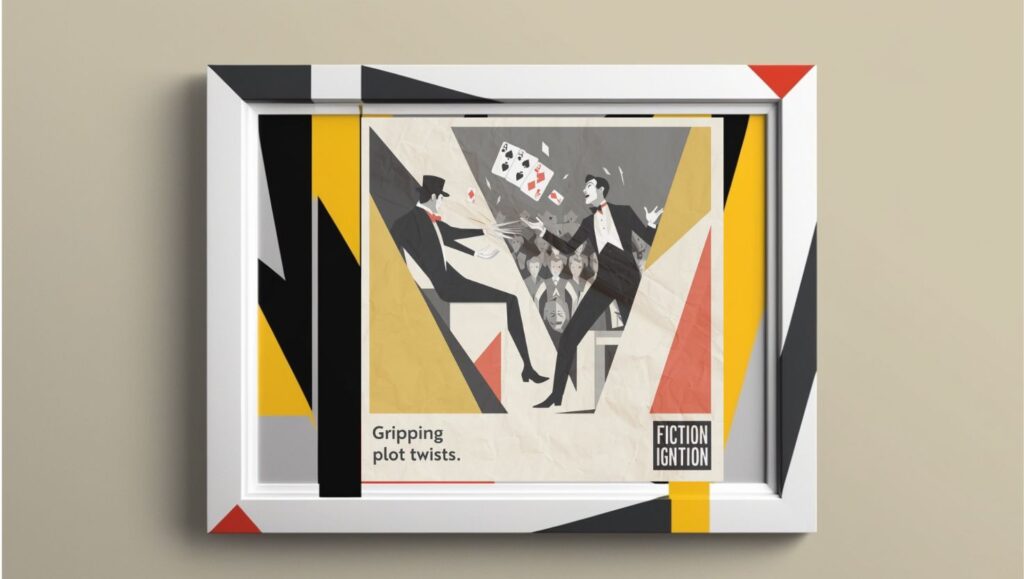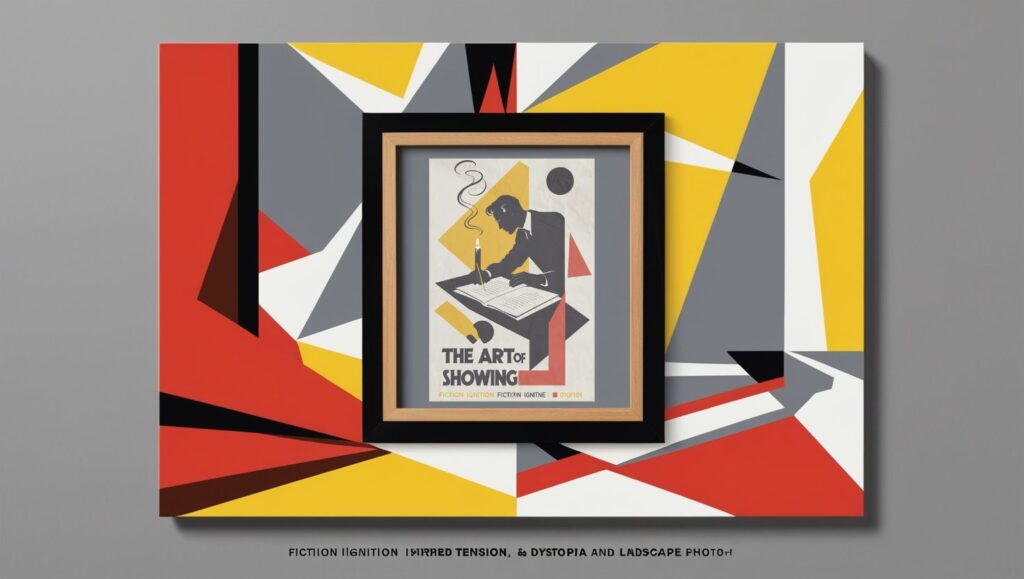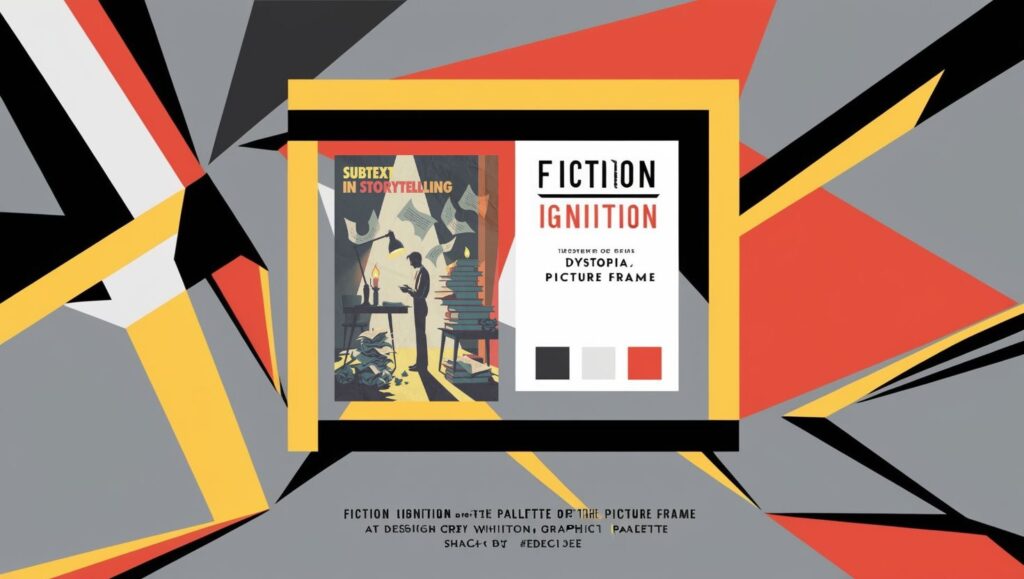Hey there, my wordsmith warrior! Ever find yourself staring at a blank page, feeling like your brain’s buffering? Yep, me too. But I’ve got a little secret weapon for you: plot structures. They’re like the skeletons of storytelling—holding everything up while you layer on the juicy, imaginative bits. Today, I’m handing you the keys to 10 of the most electrifying plot structures out there. So buckle up; we’re about to ignite your storytelling game!
1. The Hero’s Journey
Let’s kick things off with the king of plot structures. Joseph Campbell’s “Hero’s Journey” is the blueprint behind everything from Star Wars to The Lord of the Rings. You know the drill: ordinary hero, big call to adventure, mentor shows up, crazy trials, and then boom—they return, forever changed. It’s like life’s ultimate road trip.
Why it works: People love transformation because it mirrors our own deep-seated desires for growth and change. On a psychological level, stories of transformation tap into our need for self-improvement and hope, inspiring us to believe in possibilities. Culturally, these arcs resonate as they often reflect universal themes of redemption, resilience, and triumph over adversity. That’s why we cheer when Frodo overcomes his fears or when Scrooge embraces the Christmas spirit—we see glimpses of the transformations we yearn for in ourselves. Watching Frodo leave the Shire is like seeing yourself finally take that leap you’ve been avoiding—whether it’s a career change or simply ordering something new at your favorite café.
Pro Tip: Tweak it! Your “mentor” doesn’t have to be a wise old man. What if it’s a snarky AI or… a talking cat? (I’d read that.)
2. Save the Cat!
Hollywood’s darling—Blake Snyder’s “Save the Cat!” structure breaks stories into 15 beats. There’s the setup, the catalyst, the midpoint twist… and let’s not forget the part where your protagonist literally or metaphorically “saves the cat,” making us root for them.
Example: Ever seen Shrek? Yeah, even ogres save cats. (Or, you know, donkeys.)
Why it works: It’s snappy and efficient. Think of it as storytelling with a timer. Every beat aligns perfectly with modern audience attention spans, ensuring readers stay hooked without feeling overwhelmed.
3. The Three-Act Structure
Oh, the classic. Act One sets the stage, Act Two throws the punches, and Act Three delivers the knockout. It’s simple, clean, and endlessly versatile.
Example: The Great Gatsby. Act One: Gatsby’s wild parties. Act Two: Daisy drama. Act Three: Boom. Tragedy.
Why it works: It’s timeless. Humans love beginnings, middles, and ends. (Ever tried a story without an ending? Feels weird, right?)
4. Freytag’s Pyramid
Picture a pyramid. That’s Gustav Freytag’s idea of storytelling. Exposition, rising action, climax at the tippy top, falling action, and resolution. Boom.
Example: Shakespeare nailed this in Romeo and Juliet. Climax? That dramatic double-death scene. (Spoiler alert!)
Why it works: It’s all about the big build-up. Readers love that sweet tension.
5. The Kishōtanketsu (Four-Act Structure)
Let’s go global! The Japanese “Kishōtanketsu” divides a story into four parts: introduction, development, twist, and resolution. The twist doesn’t have to be a huge “gasp” moment—it can just be a surprising perspective shift.
Example: Studio Ghibli films like My Neighbor Totoro excel here. It’s all about the journey and those heartfelt moments.
Why it works: It’s refreshing. Not every story needs an epic showdown.
6. In Medias Res
Fancy Latin for “start in the middle.” Instead of easing your readers in, you drop them straight into the action. Think: explosions, chases, or a mysterious phone call.
Example: The Odyssey. Homer drops us right into Odysseus’ wild adventures.
Why it works: Instant engagement. Who needs small talk when you can start with a bang?
7. The Fichtean Curve
This one’s all about waves. You’ve got crisis after crisis building up to the big climax, followed by a short resolution.
Example: Breaking Bad. Every episode ratchets up the stakes. (I still can’t look at blue crystal candy the same way.)
Why it works: Keeps readers on edge. No downtime here, baby!
8. The “Mountain” Structure
Think of a mountain with peaks and valleys. Each small peak represents a mini-conflict leading to the big showdown at the summit.
Example: Pixar’s Up. The mini-adventures with Carl and Russell build toward that emotional final act.
Why it works: Life is full of ups and downs, so this structure resonates.
9. The Anti-Structure
For the rebels out there! This one’s all about breaking the rules. Linear? Pfft. Who needs it?
Example: Pulp Fiction. Tarantino’s out-of-order storytelling makes it unforgettable.
Why it works: It’s unpredictable. Readers love a good “What just happened?!” moment.
10. The “Mirror” Structure
Ever seen a story that ends where it began, but everything feels different? That’s the Mirror Structure. It’s all about showing growth or decay.
Example: The Godfather. Starts with a wedding, ends with Michael’s chilling transformation.
Why it works: Readers crave symmetry and closure.
My Personal Plot Twist
Okay, confession time. When I first started writing, I thought plot structures were for people who didn’t have “real talent.” (Spoiler: I was wrong.) After a series of half-finished stories that went nowhere, I finally gave in. I tried the Hero’s Journey for one project and… BAM. Suddenly, the story just worked. It was like discovering a secret cheat code. Now? I swear by them. Think of these structures as creative scaffolding. Once you have it in place, you’re free to climb higher than you ever thought possible.
Which Plot Structure Should You Choose?
Don’t stress it. There’s no “one-size-fits-all” approach. The fun of writing is that it’s a bit like cooking without a recipe—try adding a dash of Hero’s Journey here, a sprinkle of Mirror Structure there. Or toss in something entirely your own for flavor! Remember, every story needs a strong foundation, but how you decorate it? That’s all you, my fiery wordsmith.
In fact, why not try this: Pick one structure, any structure, and sketch out a quick story using its framework. Go for it—get messy, break a few rules, and have fun with the process. Then, if you’re feeling daring, share your story with the Fiction Ignition community or a writing buddy. Who knows? You might just ignite a creative spark for someone else.
Now, my literary pyromaniac, which structure will you try next? Let me know in the comments—or better yet, write something explosive and set the world on fire with your creativity! Don’t stress it. There’s no “one-size-fits-all” approach. Experiment. Mix and match. Heck, invent your own! Just remember: every story needs a strong foundation. The rest? That’s where your magic comes in.
Now, my literary pyromaniac, which structure will you try next? Let me know in the comments—or better yet, write something explosive and share it with the world!


